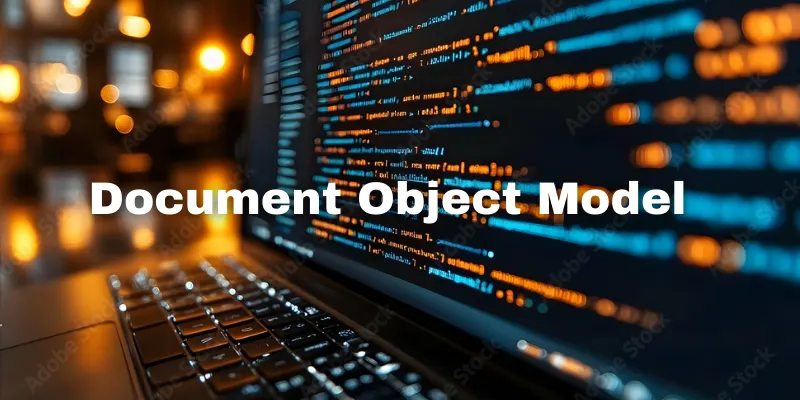If you’re learning full stack development, you’ll often hear about the DOM, especially when working on the frontend. To get hands-on experience and master these concepts, enrolling in a Full Stack Developer Course in Mumbai at FITA Academy can be a great step. The Document Object Model is essential for the functioning of websites and their responses to user engagements. But what exactly is it, and how do you work with it in a full stack environment?
Let’s break it down in simple terms and understand why the DOM matters in web development.
Understanding the DOM: The Website’s Blueprint
The DOM, or Document Object Model, is like a structured map of everything on a webpage. When a browser loads a webpage, it doesn’t just show the HTML as plain text. Instead, it turns that HTML into a tree-like structure that developers can access and manipulate. This structure includes every tag, element, attribute, and piece of content on the page.
Imagine you’re building a house. The blueprints show where every door, window, and wall goes. Similarly, the DOM outlines where every button, paragraph, image, or section exists in a webpage. If you want to learn more about how to work with these structures, enrolling in a Full Stack Developer Course in Gurgaon can help you gain practical knowledge. The DOM gives both the browser and developers a clear way to understand and interact with the page.
Why Full Stack Developers Should Care
While the DOM is part of the frontend, full stack developers need to understand it because modern applications are highly interactive. A frontend that talks to a backend via APIs still relies on the DOM to update the user interface.
For example, if you’re building a full stack to-do list app, your backend may handle data storage and logic, but your frontend will use the DOM to show the list items, highlight completed tasks, and respond to user actions. If the DOM is not updated properly, users won’t see the changes even if the backend is working perfectly.
How Browsers Use the DOM
Every time a browser loads a webpage, it reads the HTML and turns it into the DOM. This is an ongoing process. As users interact with a page, the DOM can change. Clicking a button might add new elements, hide a section, or update text. These changes can happen without reloading the entire page, which is a key part of modern web development. If you want to deepen your understanding of such concepts, joining a Full Stack Developer Course in Hyderabad can provide you with the right guidance and hands-on experience.
This live, editable structure allows developers to create dynamic experiences. Whether you’re showing new content based on an API response or hiding a form after submission, it all happens through changes in the DOM.
Ways to Interact With the DOM
Interacting with the DOM means changing, adding, or removing elements based on what’s happening in the application. This can include things like:
- Displaying a loading spinner while awaiting a response from the server.
- Displaying error messages if something goes wrong
- Updating the interface with new data from the backend
- Hiding or revealing content based on user input
Modern frontend frameworks like React, Vue, and Angular make DOM interactions more efficient by handling updates automatically behind the scenes. However, understanding how the DOM works under the hood is important for debugging and building smooth user experiences.
Even when frameworks manage the DOM, they rely on a virtual version of it to keep track of changes. This is why a solid grasp of DOM fundamentals is valuable even if you’re not directly manipulating it often. To build a strong foundation, a Full Stack Developer Course in Delhi can be a great way to learn these core concepts thoroughly.
The DOM in Full Stack Projects
In full stack development, the DOM connects the user interface to your backend logic. The frontend presents data using the DOM, and user actions often trigger backend processes. For instance, submitting a form might send data to a server, which processes it and returns a response. The frontend then updates the DOM to reflect the result.
Understanding this cycle helps full stack developers create apps that feel responsive, intuitive, and connected.
While it’s technically part of the frontend, the DOM is essential for full stack developers who want to create seamless, dynamic applications. It is the bridge between what users see and how the application behaves. Learning how the DOM works and how it changes in response to user actions and backend responses will make you a better, more effective full stack developer. Enrolling in a Full Stack Developer Course in Ahmedabad might help you obtain significant hands-on experience and coaching.
Whether you’re building with plain HTML or using advanced frontend libraries, the DOM is always there, quietly powering the user experience.
Also check: RoadMap to Become a Full-Stack Developer
